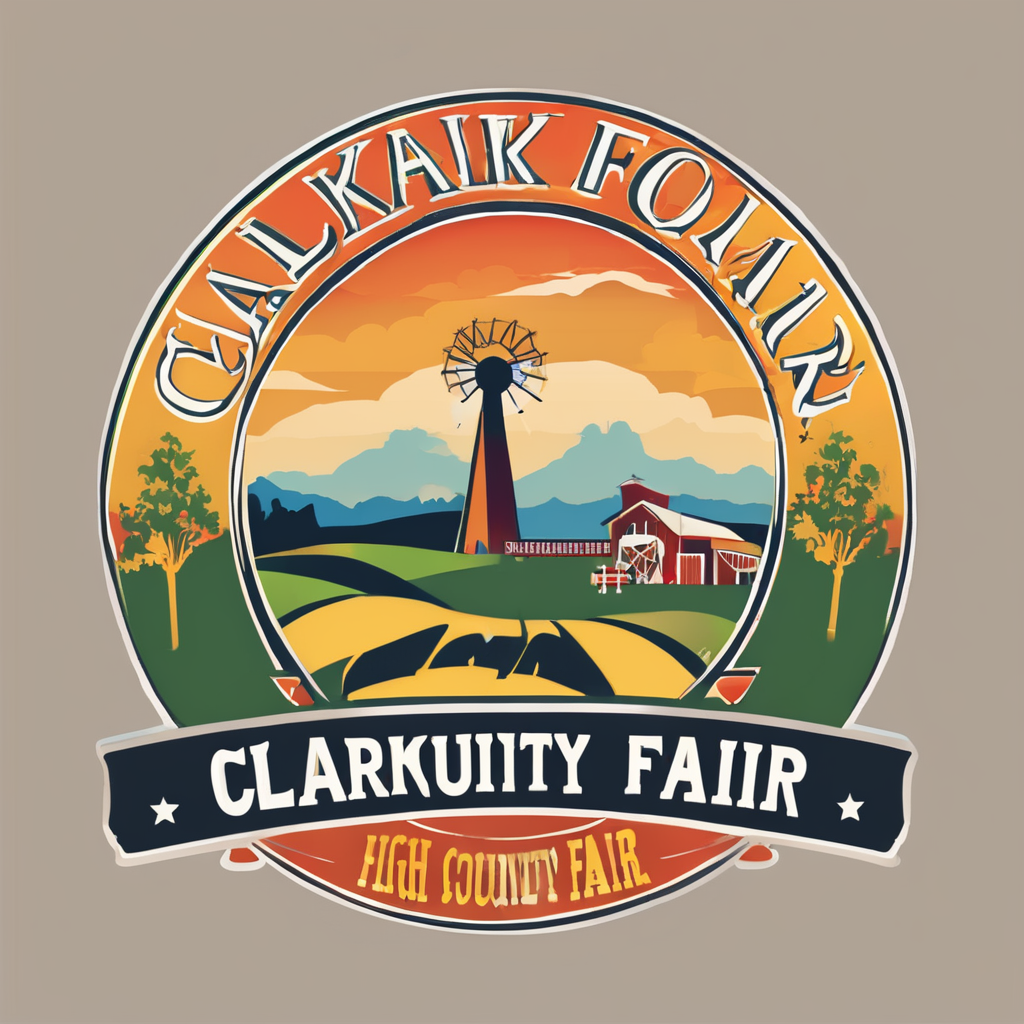Wales’ Mining Heritage: An Overview
Wales mining history is deeply entwined with Britain’s wider industrial past. The region’s abundant coal, slate, and metal deposits powered much of the Industrial Revolution Britain witnessed between the 18th and 19th centuries. Welsh mining was not just an economic engine but a cultural cornerstone, shaping entire communities around mining towns and villages. The intense labor and ingenuity poured into extracting these resources left a visible mark on the landscape, from terraced housing to colliery structures.
Mining’s impact on Welsh communities goes beyond economics. It fostered tight-knit societies, with shared identities anchored in the challenges and camaraderie of industrial work. These communities often endured harsh conditions but developed distinctive traditions and resilience that remain celebrated today.
In parallel : Unveil the magic: explore enchanting guided tours of canterbury’s historic cathedrals
The industrial heritage Wales proudly preserves draws visitors eager to connect with this rich past. Mining heritage tourism offers an immersive experience; ancient mines, museums, and preserved industrial sites provide insight into a transformative era. Wales’ mining legacy is enduring—both as a testament to human endeavour and as a compelling chapter of Britain’s overall industrial history. Visitors gain a greater appreciation of Wales mining history through hands-on exploration and storytelling steeped in authenticity.
Essential Mining Sites to Visit in Wales
Exploring Welsh mining sites offers an authentic glimpse into the heart of Wales’ industrial heritage. If you’re planning your mining heritage tourism itinerary, consider these must-visit mining locations that showcase the rich history and innovation of the mining era.
Also to see : Discover the Secret Treasures of Roman Villas in the UK: Your Comprehensive Guide to an Unforgettable Journey
The Big Pit National Coal Museum is a standout, letting visitors descend into a real coal mine. Its immersive tours provide firsthand experience of miners’ working conditions, coupled with detailed exhibits on Wales mining history. This site is vital in illustrating the coal industry’s central role in Britain’s industrial past.
Another key site is the Llechwedd Slate Caverns in Blaenau Ffestiniog. These underground caverns reveal the slate mining heritage deeply tied to Welsh culture. Visitors can ride underground trains and explore the dramatic caverns that testify to mining ingenuity.
For those interested in metal mining heritage, the Parys Mountain Copper Mine on Anglesey offers a unique landscape. Once one of the largest copper producers globally, it’s a fascinating stop for understanding industrial heritage Wales preserves.
Each location highlights different facets of Welsh mining history, making them essential to mining heritage tourism with rich narratives and distinct visitor experiences.
Historical Context and Industrial Highlights
Wales mining history is integral to understanding the broader industrial revolution Britain experienced. The region’s coal and slate mining heritage were pivotal in powering factories, railways, and ships, fueling Britain’s economic boom during the 18th and 19th centuries. Coal extracted from Welsh mines supplied essential energy, while slate provided durable roofing materials that symbolized industrial advancement.
Several key milestones mark Wales’ mining legacy. For example, the expansion of deep coal mining techniques revolutionized extraction, improving productivity and safety. Slate quarrying innovations in places like Blaenau Ffestiniog enhanced transportation via narrow-gauge railways, facilitating wider distribution. These advancements not only boosted local economies but also contributed significantly to industrial heritage Wales celebrates today.
Welsh mines also introduced technological progress. Mechanization improved coal cutting and ventilation, reducing dangers miners faced. These developments made Wales a hub of industrial innovation during Britain’s industrialisation. The wealth generated reshaped communities and landscapes, creating distinct cultural identities tied to mining.
Wales’ mining history stands as a testament to these historic achievements. Understanding these events enriches visitor appreciation of mining heritage sites, where past industry continues to inspire and educate.
Visitor Information for Welsh Mining Museums and Heritage Centers
Discovering mining museums Wales and heritage centers offers practical ways to engage deeply with the industrial heritage Wales preserves. These sites are typically located near historic mining towns and provide accessible entry points for visitors aiming to connect with the region’s rich mining history.
Most museums feature guided tours that take visitors through authentic underground passages or reconstructed mining environments. Interactive exhibits and educational activities help explain complex concepts of mining techniques, safety measures, and community life, making them suitable for adults and children alike. For example, the Big Pit museum offers an underground mine tour led by former miners, providing vivid firsthand accounts.
Planning your visit involves checking opening hours and ticket availability, as these can vary seasonally. Many heritage centers host seasonal events, workshops, and talks that enhance the visitor experience through themed programs or demonstrations of traditional mining skills.
Accessibility is often a priority; many sites offer facilities for visitors with mobility needs, ensuring a welcoming experience for all. Travel tips recommend combining these visits with nearby attractions such as local pubs or nature trails, maximizing your exploration of Wales’ mining heritage in a comfortable and engaging way.
Traveler Tips and Notable Experiences
Planning your mining tourism trip in Wales benefits from thoughtful travel planning Wales advice to make the most of your visit. Start by prioritizing must-visit mining locations that offer unique experiences—such as underground mine tours where you can see authentic workings firsthand. These tours often include knowledgeable local guides who share personal stories and technical insights, enriching visitor experiences.
For families, many sites offer interactive workshops and activities tailored to younger audiences, helping children grasp complex mining history in an engaging way. Accessibility is also a key consideration; some mining heritage sites provide adapted routes and facilities to accommodate visitors with mobility challenges, ensuring everyone can enjoy the rich heritage.
Nearby attractions often complement the main mining sites. Hiking trails, local pubs, and heritage centers add variety, allowing visitors to combine outdoor exploration with cultural immersion. Seasonal events at museums or mining sites—like craft demonstrations or anniversary commemorations—enhance the overall experience by showcasing traditional mining skills and community life.
By combining these elements, your mining tourism in Wales becomes an educational and memorable journey, connecting you deeply to the region’s industrial heritage.

